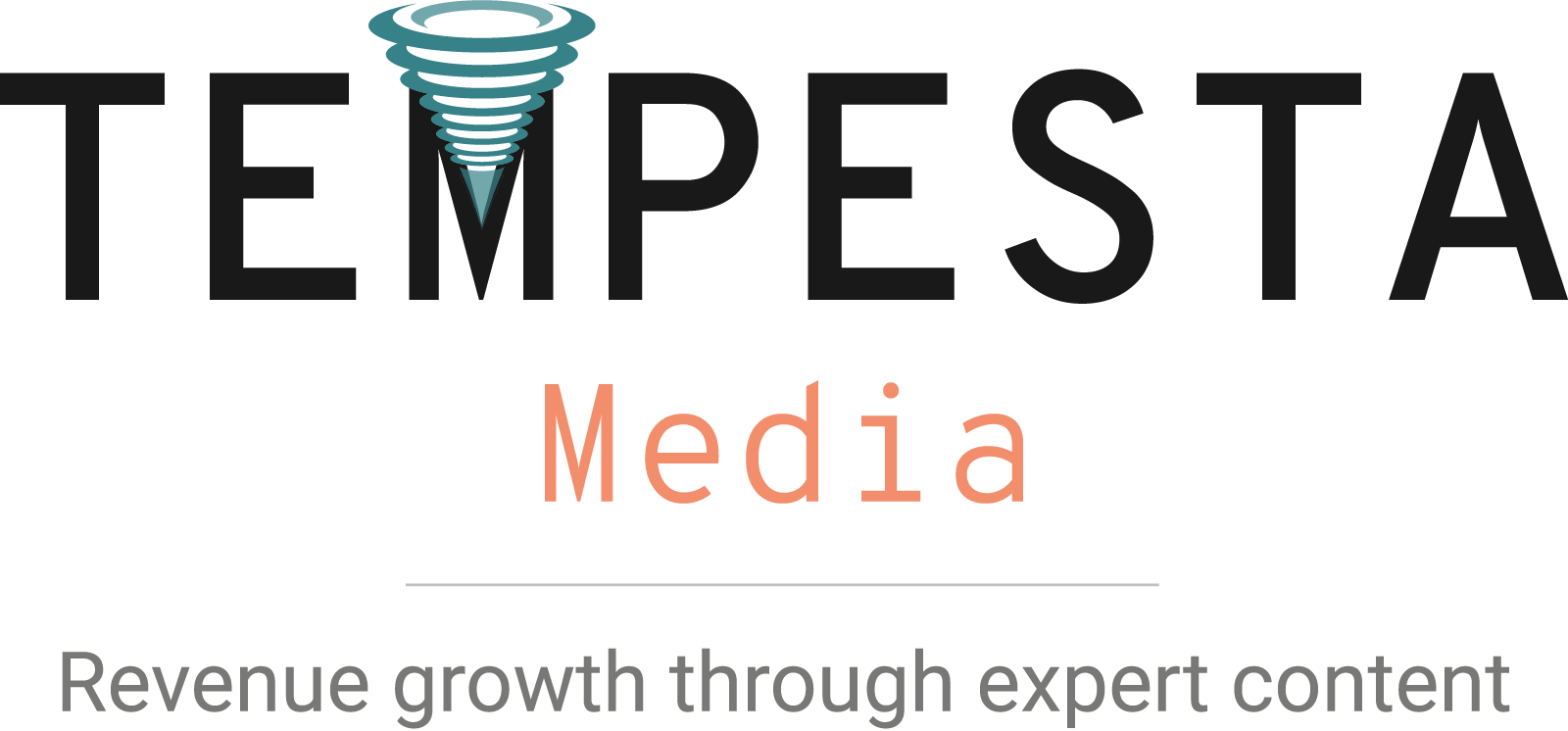Call to action (CTA) is a statement or collection of statements written to elicit immediate responses from potential buyers.
CTAs are often used at the end of written content. However, they are often also sprinkled throughout a company’s other channels in various ways.
Different types of CTAs
CTAs come in many forms. How they’re presented plays a significant role in what a consumer does with the options. Here are some of the most common types of CTAs that businesses use to drive results:
- Sign-ups invite your audience to sign up for something you’re offering. It could be an email list, free trial, online webinar or updates for an upcoming event.
- Free offers give your audience an opportunity to “test drive” your product or service in the hopes that they’ll like what they experience and make a purchase.
- Subscriptions invite your potential customer to receive updates for your latest blog, social media posts or another type of content you offer.
- Join us is an invitation to your audience to become a member of your online community or another collaborative effort you’ve established.
- Learn more enables your targeted market to digitally request more information to help them to make an informed decision about purchasing (i.e. download an ebook).
Depending upon your intentions, CTAs can be creative or straight to the point. The primary goal is to use action language and/or presentation to encourage a person to act on your recommendation or invitation.

Incorporating CTA into your content
As you decide how to present your CTAs, you’ll want to determine which types of CTAs are appropriate during different points of the sales journey. Here are general rules of thumb to follow when incorporating CTAs into your content:
- Use about two CTAs on each web page – depending upon your objectives, this number may be higher.
- Use emotional triggers or language that evokes curiosity.
- In email or social media posts, craft your CTA in the form of a “share with your friends” button. This encourages conversation about your content.
- B2C CTAs can be direct to let a customer know how they can take immediate action.
- B2B sales CTAs usually are more subtle because the sales cycle is generally a lengthy one that unfolds over time.
- Industries such as finance, manufacturing and B2B tech companies should use phrases like “To learn more,” “To obtain a free trial” or “To talk to an expert.”
Keep in mind that a CTA doesn’t have to be “in your face.” It can be subtle, as long as it triggers a response. Get to know your audience because the more you can personalize a CTA, the better. According to HubSpot, personalized CTAs perform 202% better than basic CTAs.
Determining your CTA’s performance
You can use website visitor analysis tools to determine whether your CTAs lead to conversions. These tools collect data and aggregate it to see what works and what doesn’t. Other tools that you can use to determine your CTA’s performance include:
- A scroll map to see where the user leaves your page and use this information to determine where to place your CTAs.
- A heat map tool to learn how many views you’ve received, along with the number of clicks you get for each CTA.
- Use A/B testing to see which version of a CTA performs more strongly.
Approximately 70% of small businesses don’t have CTAs on their websites. These businesses are doing themselves a large disservice because CTAs by email or “call” buttons listed on websites significantly increase responses. When you overlook a well-crafted CTA, this equates to missed opportunities.
Tempesta Media is a leading provider of content marketing solutions. To learn more about designing and positioning CTAs or other content marketing strategies, contact us today.











